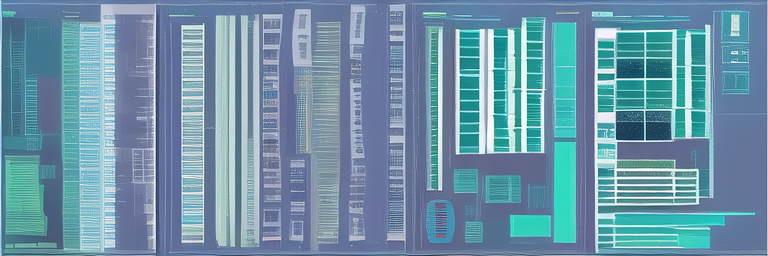Agile Methodology
What is Agile methodology? It is a type of project management process that is iterative and incremental. It is based on the philosophy of continuous improvement and collaboration between cross–functional teams. Agile methodology is focused on delivering high–quality products quickly and efficiently. It is characterized by its adaptive planning, evolutionary development, early delivery, and continual improvement.
Agile focuses on delivering value and results to the customer quickly by breaking down projects into smaller chunks and delivering them iteratively. This allows the team to respond to changes quickly and adapt to customer feedback. Agile teams are highly collaborative and communicate regularly to ensure that all tasks are completed in a timely manner.
Principles of Agile Methodology
The four main principles of agile methodology are:
- Individuals and interactions over processes and tools
- Working software over comprehensive documentation
- Customer collaboration over contract negotiation
- Responding to change over following a plan
Agile methodology is used in a variety of industries, from software development to healthcare. It is an effective way to manage projects since it allows teams to respond quickly to changes, adapt to customer feedback, and deliver results in an efficient and timely manner.
Advantages and Challenges
Agile methodology is a popular project management approach that is used to manage software development projects. It focuses on flexibility and collaboration between teams, and emphasizes responding to changing customer needs and requirements.
Advantages
- Increased Productivity: Agile methodology encourages teams to break down tasks into smaller increments, which helps to increase productivity and reduce wasted time.
- Enhanced Communication: Agile methodology encourages teams to communicate frequently and openly. This leads to better collaboration between team members and helps to ensure that everyone understands the project goals and objectives.
- Increased Visibility: Agile methodology also provides increased visibility into the project. This helps to ensure that all stakeholders have access to the information they need in order to make informed decisions.
- Faster Delivery: Agile methodology encourages teams to focus on delivering working software as quickly as possible, which helps to reduce development cycles and get the product to market faster.
Challenges
- Lack of Structure: Agile methodology does not have a strict structure, which can cause confusion for teams that are used to working in a more traditional environment.
- Difficult to Implement: Agile methodology can be difficult to implement, as teams may need to adjust to a new way of working.
- Unforeseen Challenges: Agile methodology encourages teams to be flexible and agile, but this can also lead to unforeseen challenges.
- Lack of Documentation: Agile methodology does not emphasize the creation of detailed documentation, which can lead to confusion and misunderstandings.
What is Agile methodology? | A Brief History
Agile methodology, or Agile, is a project management and software development approach that emphasizes collaboration, customer feedback, and iterative development. Agile was first popularized in the early 2000s with the publication of the Agile Manifesto and the introduction of several Agile frameworks.
The Agile Manifesto was created in 2001 by 17 software developers who had gathered to discuss the challenges of developing software. The manifesto was a response to traditional, rigid development approaches, emphasizing instead the need for collaboration, customer feedback, and iterative development.
In addition to the agile manifesto, the developers created several Agile frameworks such as Scrum, Extreme Programming (XP), and Kanban. These frameworks provide guidelines for how to use Agile principles in software development and project management.
Since its introduction, Agile has become the go–to approach for many software developers and project managers. Agile is now used by organizations of all sizes and in many industries, from healthcare to manufacturing. Agile has become a popular approach because of its focus on customer feedback, collaboration, and iterative development. It is also highly adaptable, making it suitable for a wide range of projects and teams.
What is Agile methodology? | Future Outlook
The future outlook for Agile methodology is very positive. There is a growing trend towards the use of Agile methodology, as more and more organizations are recognizing the value it can bring to their operations. Agile methodology is becoming increasingly popular in both traditional and digital projects, as it allows for rapid prototyping and iterative development, resulting in faster delivery and improved customer satisfaction.
Agile methodology will continue to evolve, as new technologies and processes are developed that can bring even more efficiency and flexibility to the development process. In addition, as Agile becomes more widely adopted, the demand for Agile experts and experienced practitioners is also likely to grow. This will open up more opportunities for those interested in pursuing a career in Agile development.
Finally, the use of Agile practices will continue to spread across different industries and organizations, allowing for more efficient and effective ways to deliver products and services. As more companies move to an Agile model, the need for agile tools and techniques will continue to increase. This could result in an ever–growing demand for Agile professionals who can help organizations achieve their goals.

